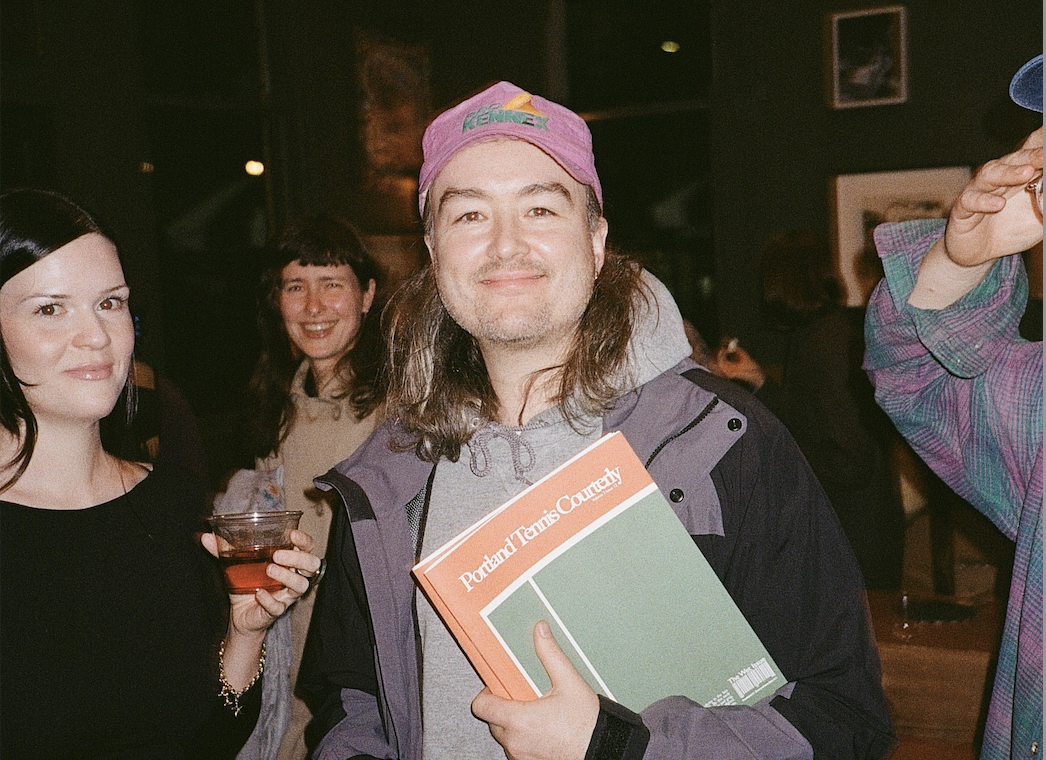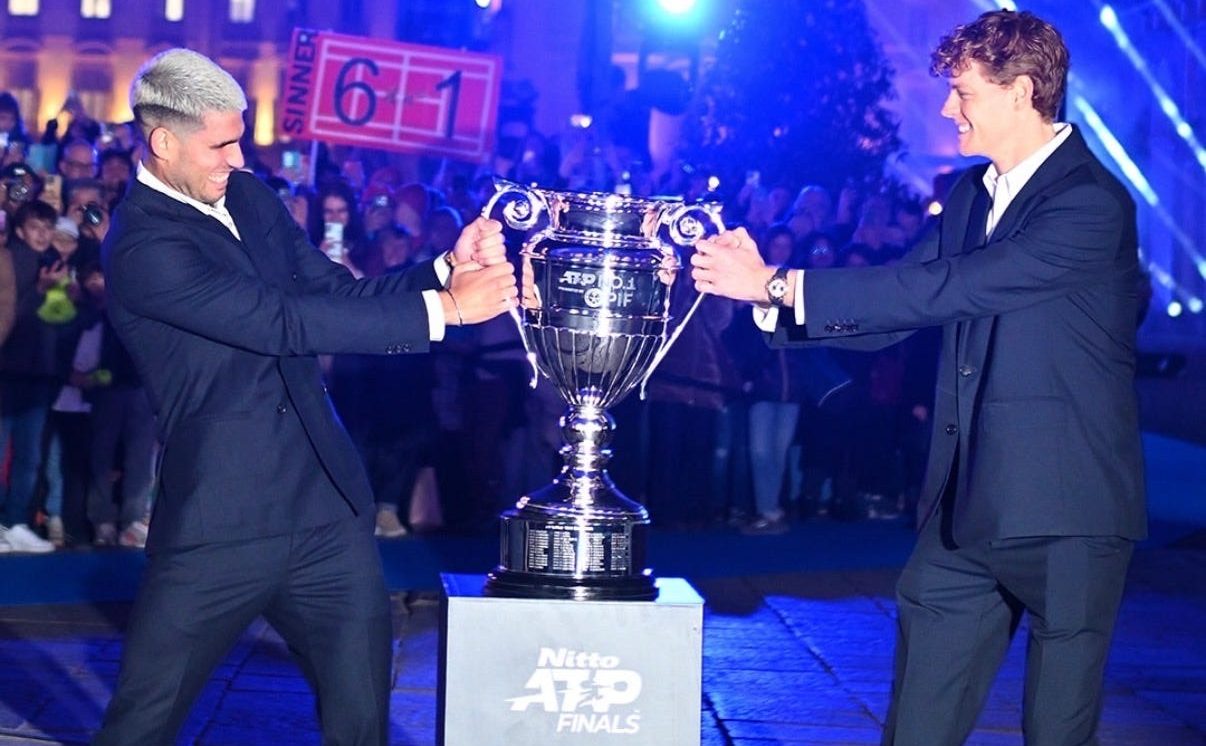The hum of New York traffic is just a distant soundscape as Rennae Stubbs and Caitlin Thompson huddle over a screen, espresso cups in hand, watching a tense Paolini-Ostapenko showdown unfold. It’s a scene that could take place in any tennis-mad friend’s apartment, but this setting forms the heartbeat of The Rennae Stubbs Tennis Podcast. Today, the focus is as red as the clay of Rome: the game's elegant brutality at the height of the European swing.
“It’s stunning,” Thompson says early on, her voice almost reverent as she describes the Rome tournament. “Everyone is here and everyone’s bringing it.” In the backdrop, two storylines swirl: the feverish energy of the tennis crowd—and the papal excitement, as Italians pulse with pride over both their players and the newly appointed “Peruvian Pope.” Rome, it seems, can play host to both spiritual pilgrims and tennis nuts with equal passion.
But the real lure, as any true fan knows, is the tennis itself—the Masters 1000 in Rome, the final checkpoint before Roland Garros, where champions are shaped and careers, sometimes, are broken. This isn’t just a tournament; it’s the classroom of clay, where the curriculum is movement, patience, and adaptability.
The Science and Art of Clay
Stubbs and Thompson are deep into their analysis before the first set finishes. Clay, they agree, is a merciless surface for anyone who hasn’t grown up dancing on its slow-shifting dust. “You have to have the sliding ability on clay,” Stubbs explains, conjuring up images of Roger Federer’s twinkle toes. “On grass, you have to stay upright. But on clay, if you can’t slide, you’re a sitting duck.”
This is the surface that’s both sculptor and tormentor. They recount legends—Andre Agassi, who tried to defy tradition by wearing grass-court shoes in Paris; Lisa Raymond, who once won a French Open doubles match on hard-court trainers by sheer force of will. Both tried to hack clay, both faced the immutable laws of the ochre.
Even superstars aren’t spared: Naomi Osaka has “never made her presence felt on clay,” as Thompson puts it, despite all the talent and firepower. The reason? She can’t slide. “It’s not really a learned art,” Stubbs insists. “It’s hard to describe… if you don’t use your balance correctly on the slide, you get too forward and you can go over the top of your toes and fall.”
The Characters: Clay’s Chosen Ones and Cautionary Tales
The discussion dances from Alcaraz—“always got a bit of a niggle here”—to the serene, ever-prepared Jannik Sinner, who glides through his draw wrapped in Italian adulation and understated black. Sinner’s “calm and in control” return is a testament to the benefit of big-match preparedness.
Then there are the more volatile figures—Caitlin’s beloved “crazy French guys,” like the Tasmanian devil Corentine Moutet or the poise-with-swagger Arthur Fils, who survived testy net exchanges to take down Tsitsipas. Every personality is refracted through the clay’s lens: unpredictability, scrappiness, and, above all, the need to survive long rallies, choking heat, and fickle momentum.
And just as the men’s draw steals the headlines, the women have been delivering some of the tournament’s most compelling theater. Peyton Stearns, the Texas college standout, keeps clawing her way through matches, even defeating a multiple Grand Slam champ in Osaka. Her secret? “Doesn’t panic, hangs in there, guts out tough points,” says Stubbs. “She’s a dream for a coach.”
But Rome is also where old demons resurface. Iga Swiatek, once virtually unbeatable on the dirt, now seems fragile. “She looks so unhappy out there,” Thompson observes mournfully. The aura is gone, the confidence sapped by too many missed first serves and mounting errors. “She’s past the worry index,” admits Stubbs, urging a return to basics and tactical clarity.
Learning on the Toughest Surface
The podcast is more than match analysis; it’s a masterclass in clay. Thompson illustrates the importance of variety—how Kenin, Andreescu, and Andreeva find success not just by hitting big but by using “drop shots, angles, high balls… the stuff that makes clay so fun to watch.”
Stubbs, veteran of Rome, lays bare the psychological gauntlet, too: the ruthless Italian crowds, the need to “pattern interrupt” when things go wrong, the agony of losing your competitive edge. “Once it clicks back in… you’re good. You’re good.”
For the Love of the Game
In between deep tactical discussions, the atmosphere is infused with warmth, caffeine, and city life. Thompson dreams aloud about espressos and Italian pastries from a beloved East Village bakery; Stubbs mourns a shattered Parisian coffee mug, a universal tennis-traveler heartbreak.
And as the Paolini-Ostapenko result creeps in, the podcast ends on a note true to both sport and life. No player escapes the classroom of clay unmarked. Confidence is fleeting. Movement and adaptability are king. And for every internet warrior typing from behind a screen, there are hundreds of players, “the most elite, toughest athletes,” who sweat out their vulnerabilities in public, learning and re-learning, week after week.
In the university of clay, the syllabus is never finished, the exams never truly over. But as Stubbs and Thompson so clearly love to remind us, that’s exactly why we watch.






